You might think that "living fossils" is an oxymoron, but this fascinating list of incredible animals that are living fossils proves otherwise.
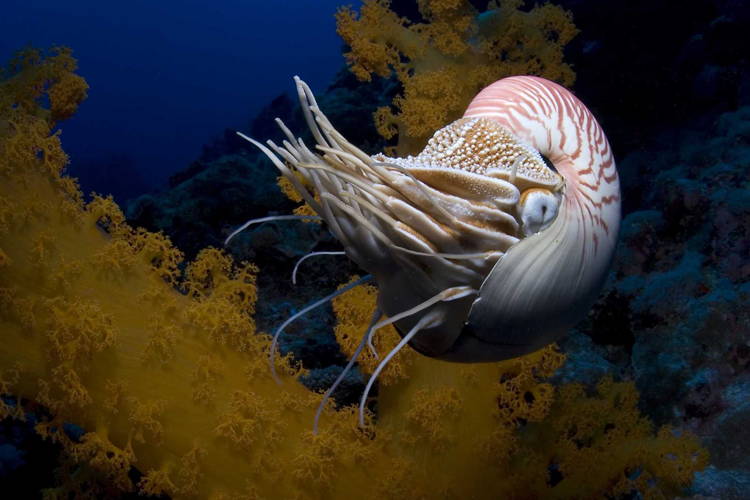
You might think that “living fossils” is a bit of an oxymoron, however you’d be mistaken.
To be considered one, the living organism in question must more or less maintain the same anatomy and behavior over millions of years while watching the rise and fall of many other still-evolving species. A fascinating look at the world’s most astounding living fossils:
Living Fossils: Nautilus
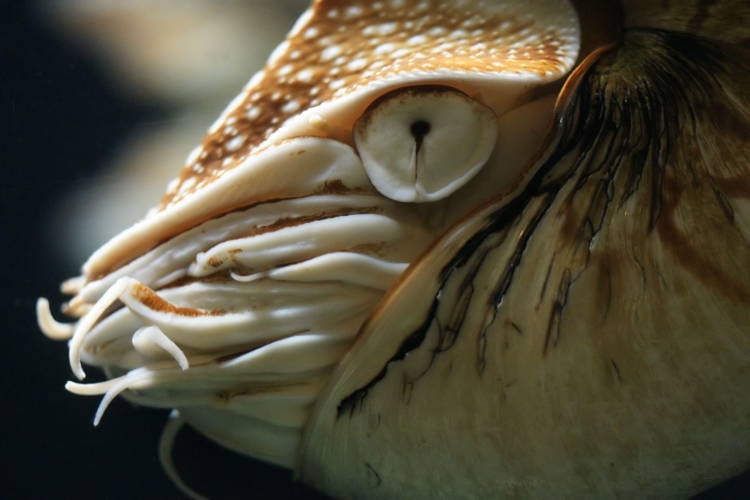
Somewhere on the cephalopod’s evolutionary journey from snail to octopus sits the Nautilus; which has changed very little in the last 500 million years. At one point, the oceans contained hundreds of different types, but nowadays only six remain, all of which are found along the deep slopes bordering Indo-Pacific coral reefs.
Like the squid and the octopus, the Nautilus has tentacles, but many more of them that lack suckers. It also lacks the complex central nervous system of its advanced family members and has been shown to have a much poorer memory in comparison.
Sumatran Rhino
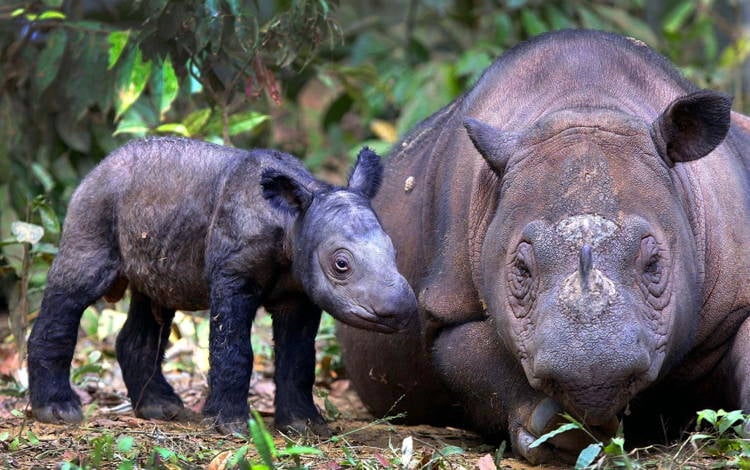
Sharing the unenviable title of “world’s most endangered rhino” with its Javan counterpart, it is estimated that there are fewer that 400 Sumatran rhino alive today.
Making its home in the dense highland forests of Malaysia and Indonesia, this smallest of the rhino family is relatively well known because of studies done during a particularly unsuccessful 20-year captive breeding program. While contentious, theories linking the Sumatran rhino to the prehistoric woolly rhinoceros have shown some merit.
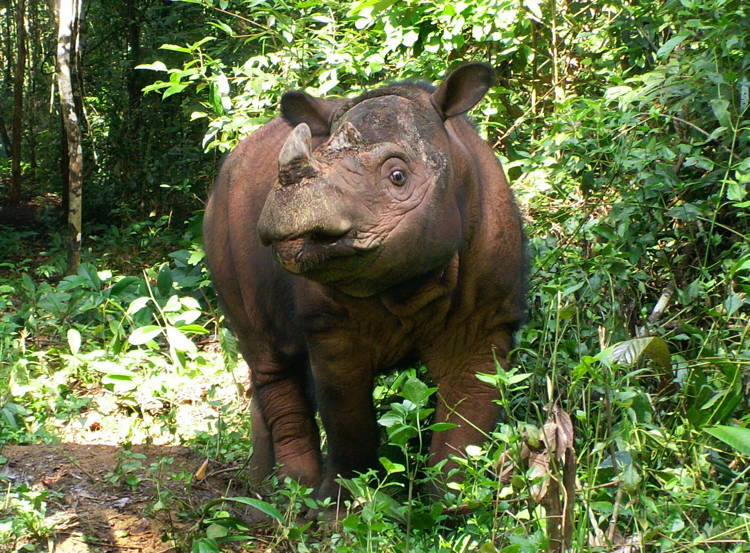
Black and Rufous Elephant Shrew
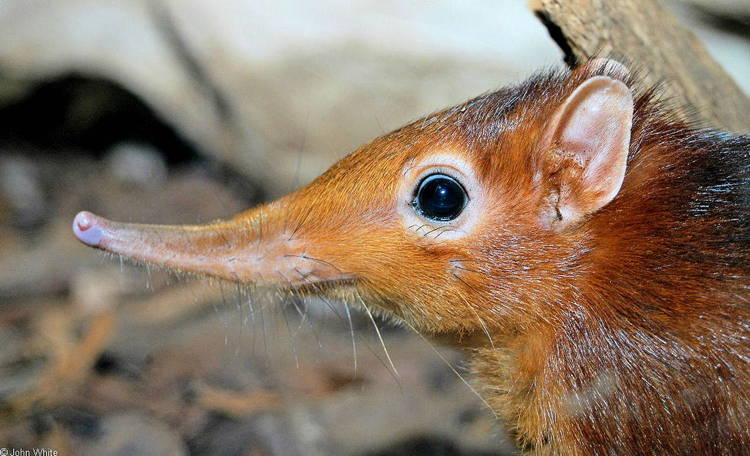
While initially lumped into the same group as shrews because of their superficial resemblance, elephant shrews are not shrews at all. Part of the Sengi family of mammals found up and down East Africa, it is thought that aardvarks, manatees and even elephants may have evolved from a sengi-like critter. Fossil records show Sengi’s presence in Africa going back 30 million years.
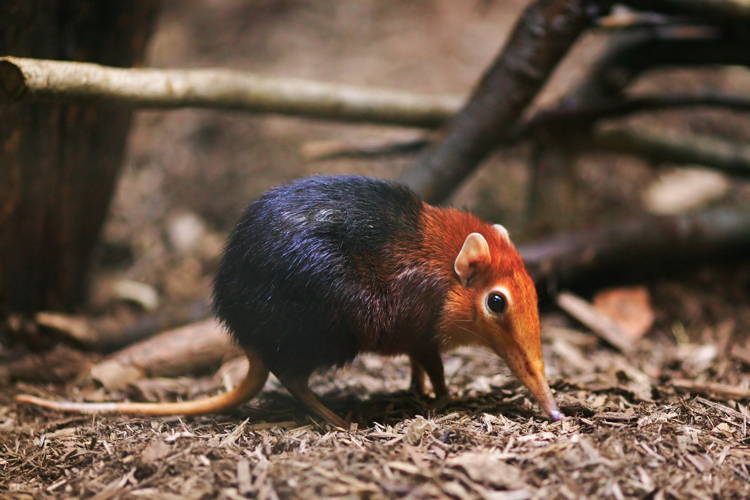
Source: Wikimedia
Alligator Snapping Turtle
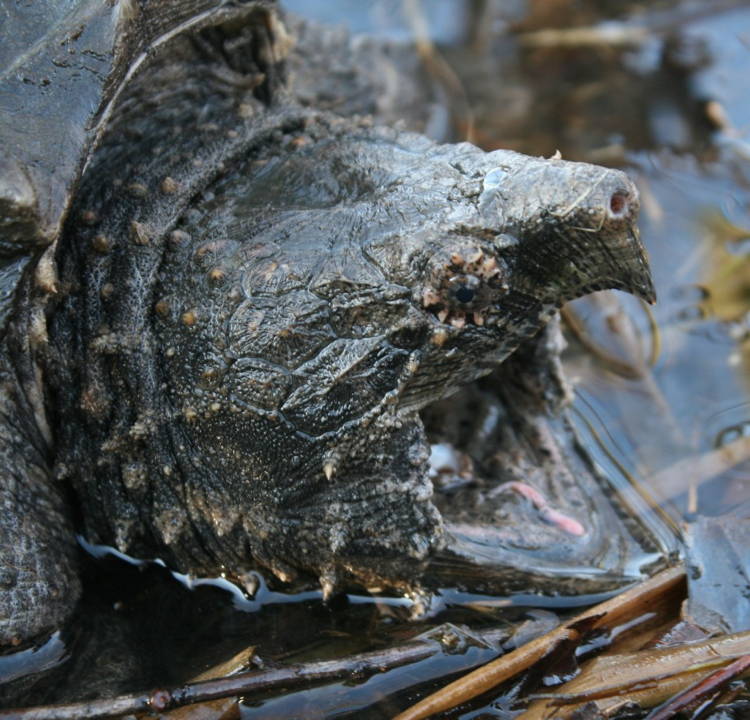
This terrifying-looking turtle native to the Southeastern United States can grow to a massive 220 pounds and live past 150 years old. Legend has it that specimens have been found with Civil War-era musket balls embedded in their shells. Sitting at the bottom of freshwater lakes and tempting naive fish right into its formidable jaws has proved over 200 million years to be an effective strategy.
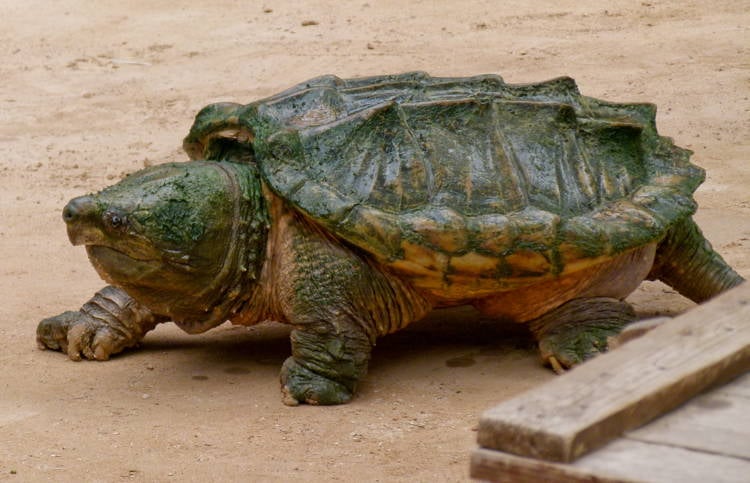
Source: Wikimedia
https://www.youtube.com/watch?v=R3VlyFmemyI
Coelacanth, The Living Fossil Fish
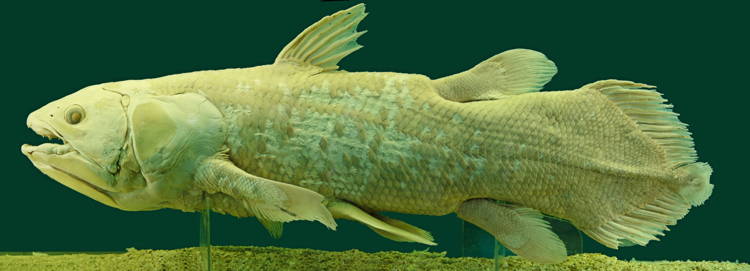
Source: Wikimedia
The Coelacanth is one of the most famous of the living fossils. Captain Hendrick Goosen and Marjorie Courtenay-Latimer discovered the first specimen among a fishing haul in 1938. This came as a massive shock to the scientific community as they were reckoned to have gone extinct 65 million years ago.
In actuality, the Coelacanth has been around and keeping a low profile for almost 400 million years. Two distinct populations have now been observed, one in the West Indian Ocean and the other 6000 miles away in Indonesia.
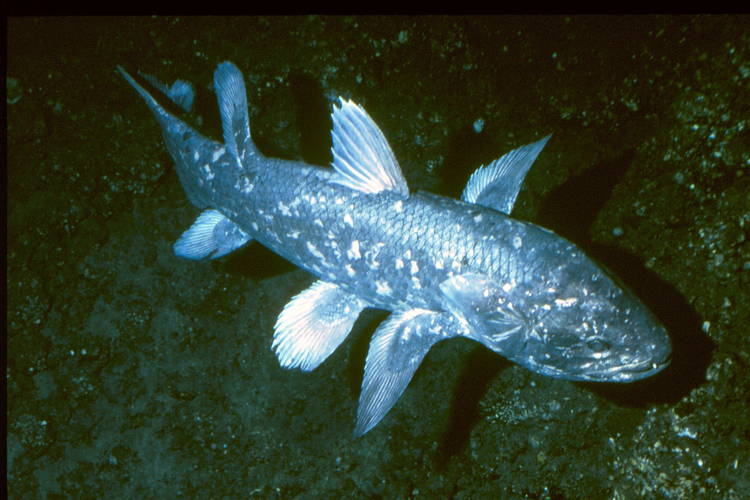
Source: University of Chicago
https://www.youtube.com/watch?v=NzzxOlFJtzg
Incredible Living Fossils: Horseshoe Crabs
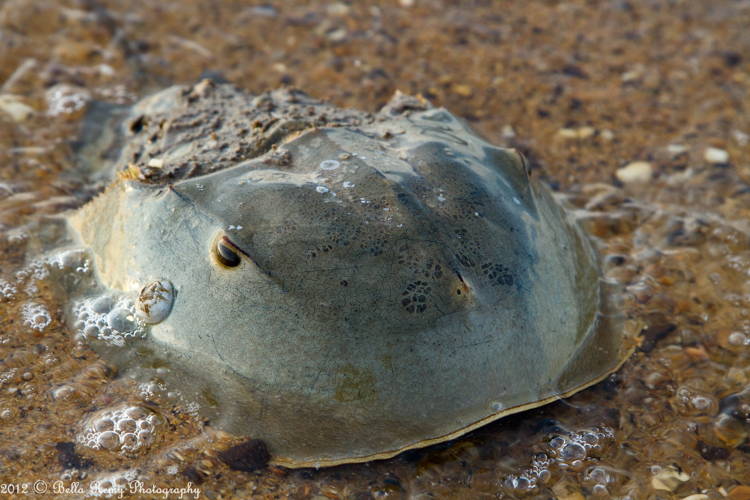
Also known as the King Crab, the Horseshoe Crab is not actually a crab at all, as it’s much more closely related to spiders and mites. Horseshoe Crab-type creatures started showing up around 400 million years ago and around 170 million years later, the species evolved to what we still see today.
Chevrotain
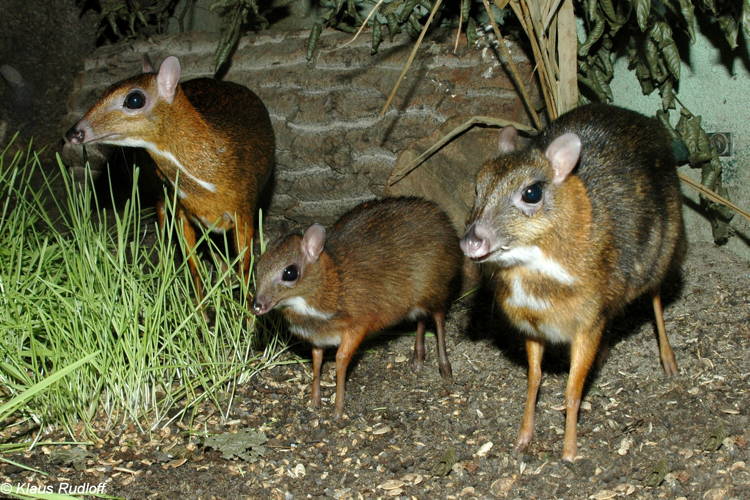
34 million years ago the Chevrotain’s home was fairly widespread, but now it’s found only in Southeast Asia and Central-West Africa. Although it looks like a tiny deer (the Asian variety is known informally as the Mouse Deer), its ancestry is not so clear cut.
It does share the usual deer trait of having a many-chambered gut to digest vegetation but differs in that its third stomach is much less developed. It also has four toes like a pig and elongated canine tusks.
Incredible Living Fossils: Okapi
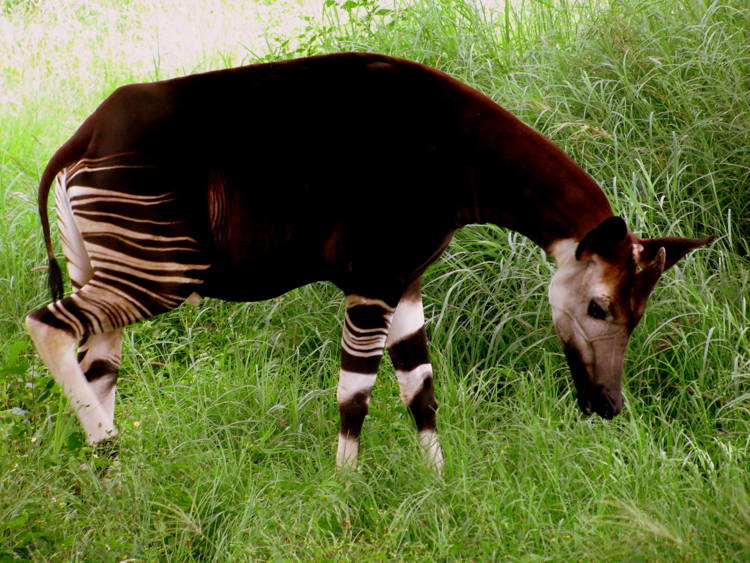
Found in the dense forests of Central Africa, this oddly dressed relative of the giraffe was a stranger to Western science until 1901. Because of its elusive nature, it was for a time called the African Unicorn.
https://www.youtube.com/watch?v=cQkEhmaChOU
Queensland Lungfish
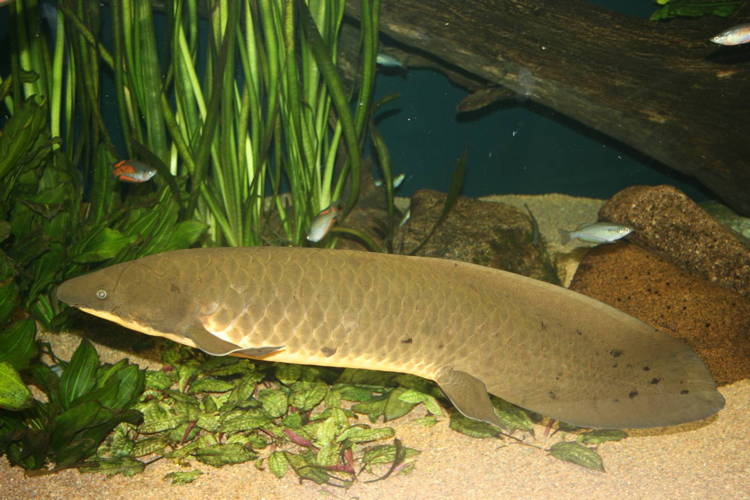
In the Devonian period, 413-365 million years ago, there lived a thriving community of different types lungfish. Most of these are now only known from fossil records, but the Queensland Lungfish, which even at the time was one of the most primitive of the bunch, continues to make its home at the bottom of slow flowing rivers of Southern Australia to this day.
Seriema
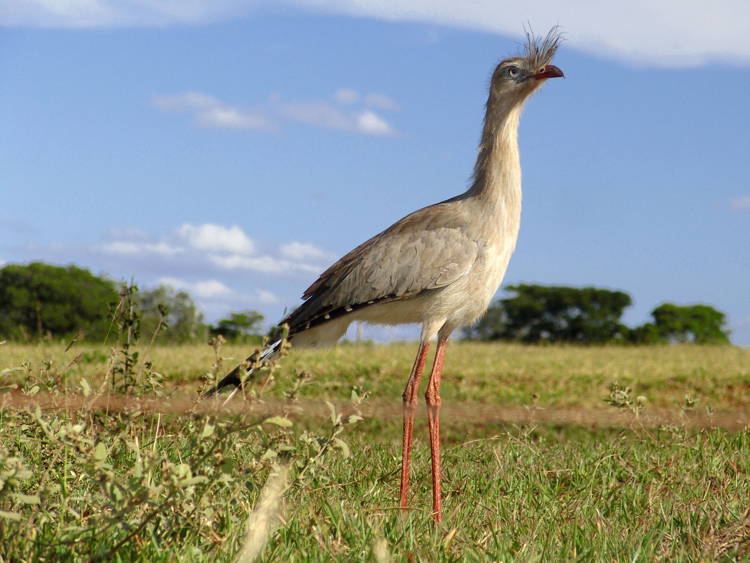
Once thought to be a type of prehistoric crane, research has pinpointed the Seriema’s closest relations to the now-extinct giant Terror Birds. Growing to just under a meter in height, it’s found in on the savannahs and open forests of South America.
It’s mostly carnivorous, but given its relatively weak beak, the Seriema tenderises its food, small reptiles, birds, and rodents by bashing them against rocks.




